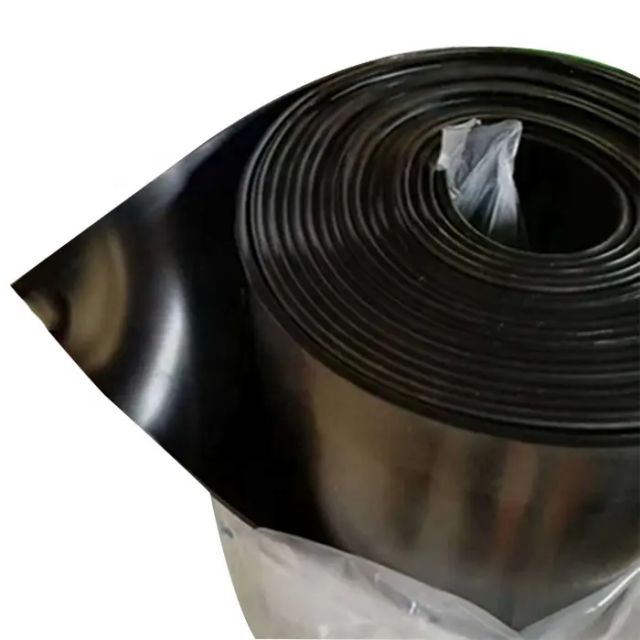Dec . 05, 2024 22:46 Back to list
Sliding Door Rubber Seal for Improved Insulation and Noise Reduction Solutions
The Importance of Sliding Glass Door Rubber Seals
Sliding glass doors are a popular feature in many modern homes, offering sweeping views of the outdoors and an easy way to transition between indoor and outdoor spaces. However, with the benefits of these doors come challenges, particularly in terms of insulation, security, and maintenance. One vital component that often goes overlooked is the rubber seal that lines the edges of these doors.
Functionality of Rubber Seals
The rubber seal on sliding glass doors serves multiple essential functions. Primarily, it acts as a barrier against the elements, preventing drafts of cold air from entering your home during winter or cool air from escaping in summer. This energy efficiency can lead to significant savings on your heating and cooling bills. Moreover, a good rubber seal helps to keep out dust, dirt, and insects, contributing to a cleaner living environment.
In addition to insulation, these seals also play a crucial role in maintaining the integrity of your sliding door system. A properly fitted seal ensures that the door closes tightly against the frame, preventing any potential security breaches. It also protects the internal mechanisms of the sliding door from moisture and debris, which could cause wear and tear over time.
Choosing the Right Rubber Seal
When it comes to choosing a rubber seal for your sliding glass doors, several factors should be considered. Firstly, the size and thickness of the seal are crucial for ensuring a snug fit. If the seal is too thin, it won't provide adequate insulation; if it’s too thick, the door may not close properly. It's advisable to measure the existing seal or the channel where the seal will be placed to find one that fits perfectly.
sliding glass door rubber seal

Material is another critical factor. Rubber seals come in various materials, including natural rubber, synthetic rubber, and vinyl. Each has its pros and cons. For instance, natural rubber is known for its elasticity and durability but may not withstand extreme temperatures as well as synthetic options. On the other hand, synthetic rubber can offer better resistance to weathering and is often more durable in varying climates.
Installation and Maintenance
Installing a new rubber seal on your sliding glass door can be a straightforward process, but it's essential to do it correctly for optimal performance. Begin by removing the old seal, ensuring that the groove is clean and free from debris. Measure the length of the door to cut the new seal to size. After fitting the seal into the channel, check that the door closes smoothly and forms a tight seal with the frame.
Regular maintenance is equally important to prolong the life of your rubber seal. Clean the seals periodically with mild soap and water; avoid harsh chemicals that can degrade the material. Inspect the seals for any signs of wear, such as cracking or hardening. If you notice any issues, it's wise to replace the seal promptly to maintain insulation and security.
Conclusion
In conclusion, the rubber seal on sliding glass doors plays a pivotal role in ensuring energy efficiency, security, and longevity. By understanding the importance of these seals and the factors involved in choosing and maintaining them, homeowners can enhance the performance of their sliding doors while creating a comfortable living space. Investing time and resources into quality seals can yield significant benefits, ensuring that sliding glass doors remain a valuable asset in any home.




